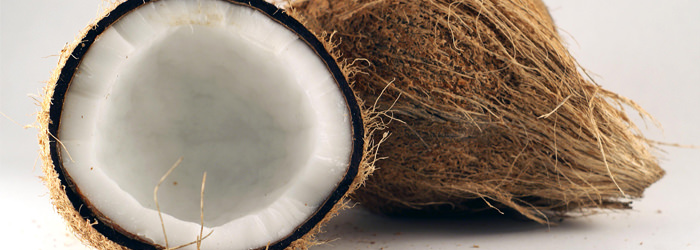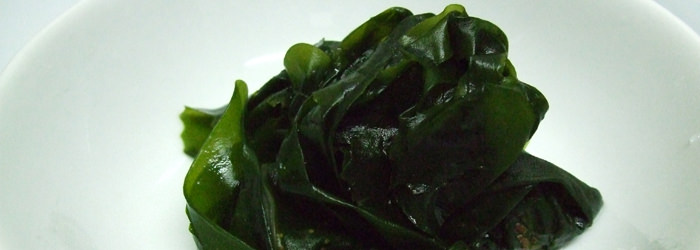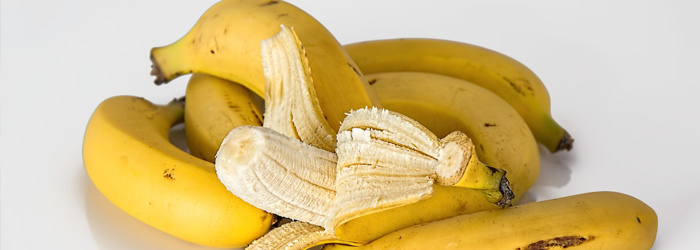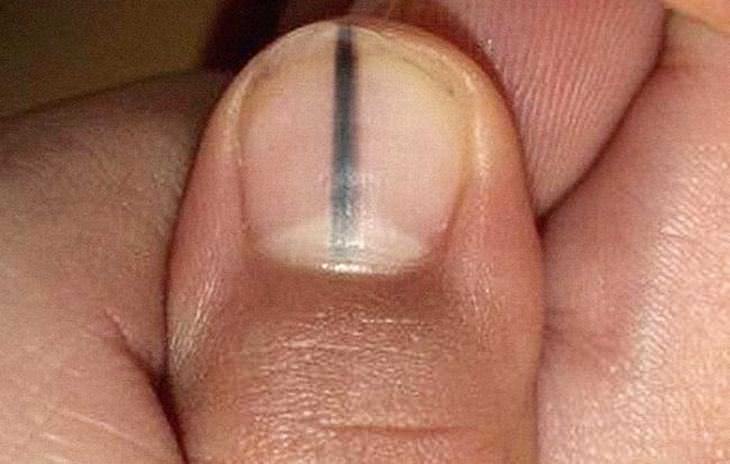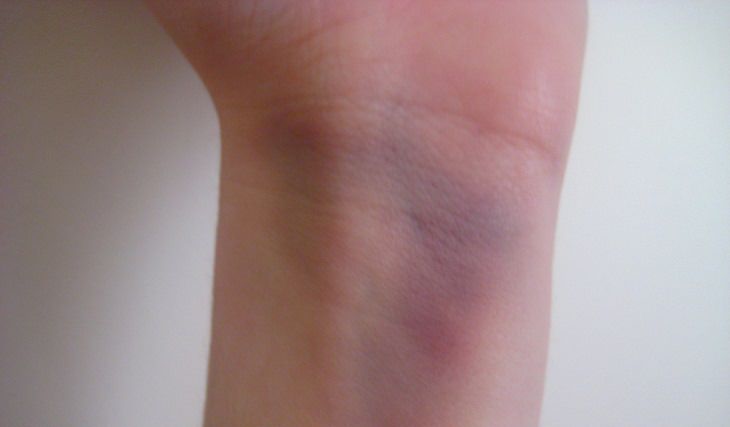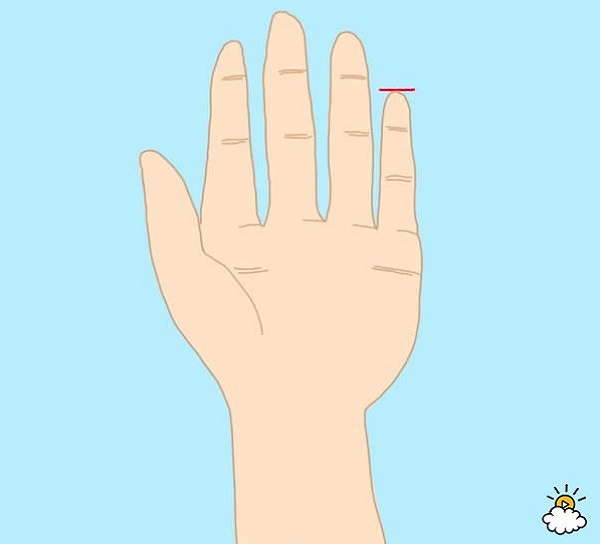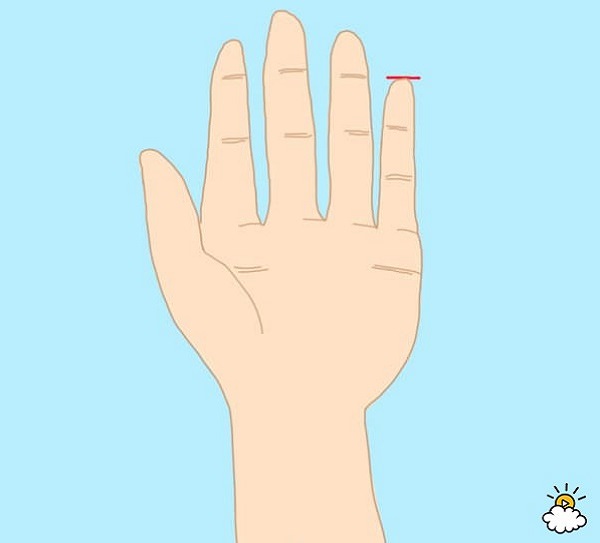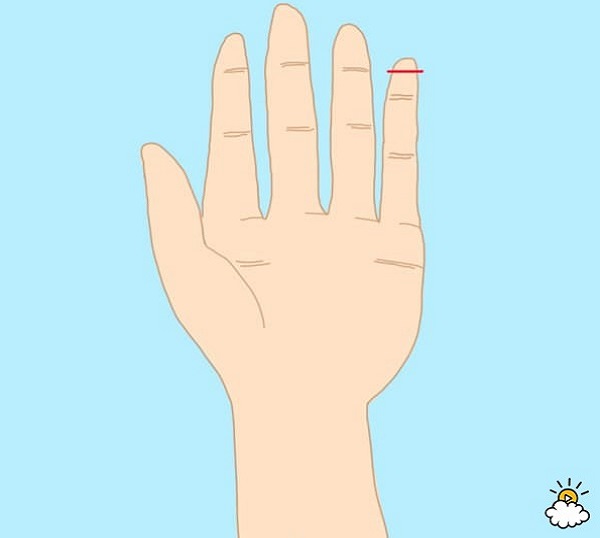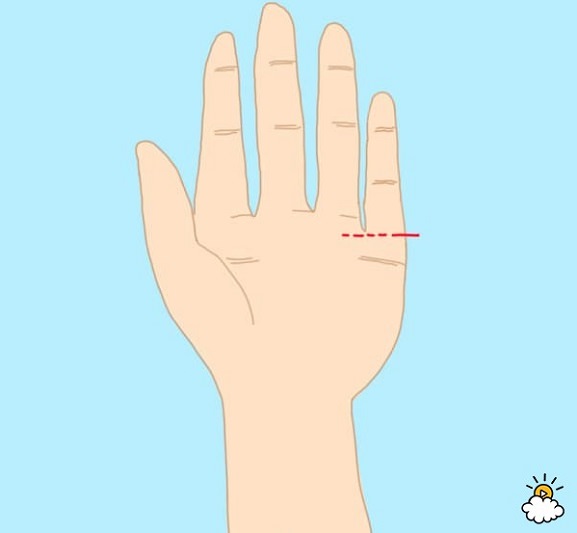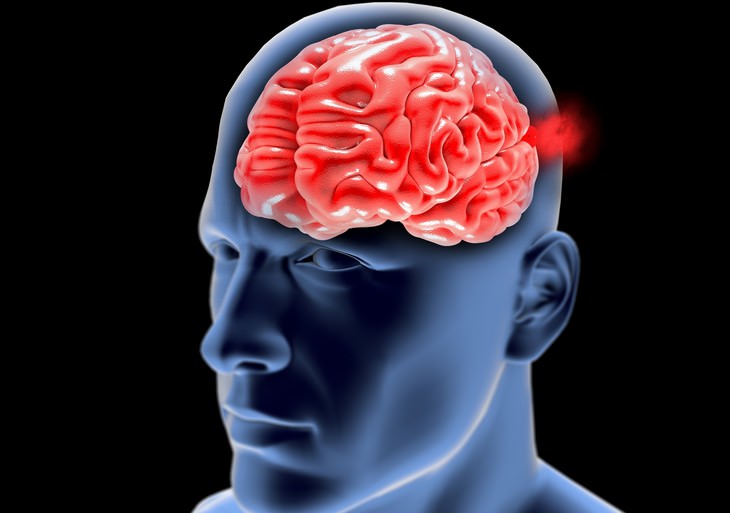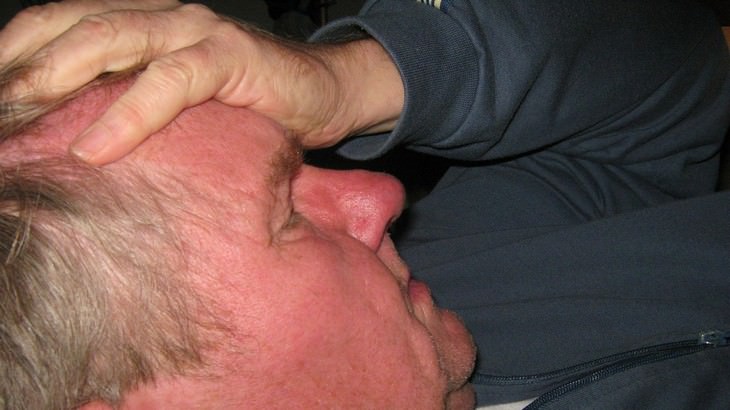Thousands of complex processes occur in our
body at any given time, all thanks to our hormones. They are
responsible for signaling processes like appetite or building muscle.
When they do not function properly, usually because of our diet or
lifestyle, our health is at risk. While there are over 50 hormones in
the human body, we are going to take a look at the six of the most
important ones that are crucial for good health. Check out some ways you
can balance the hormones in your body.
1. Insulin
This hormone predominantly focuses on blood
sugar levels, which typically rise whenever you eat (especially
carbohydrates). The insulin levels in healthy individuals do not usually
reach dangerous amounts.
Why we need it: When our blood sugar rises, it signals beta cells
(unique cells in the pancreas) to release insulin into the blood. The
insulin then binds to the cells, allowing glucose (sugar) to enter the
cells and be used for energy. So, without insulin, glucose cannot leave
the bloodstream.
When a person is unable to produce enough insulin or they have become
resistant to insulin, this hormone loses its ability to remove sugar
from the bloodstream, therefore leading to diabetes. A type 1 diabetic
has damaged beta cells, meaning that insulin cannot be created or
stored. As a result, type 1 diabetics need insulin injections after
their meals. A type 2 diabetic can produce insulin, but in insufficient
amounts, leading to blood sugar build-up and insulin build-up. Diabetes
can cause numerous health consequences including:
• Atherosclerosis
• Kidney disease or kidney failure, requiring dialysis
• Strokes
• Heart attacks
• Vision loss or blindness
• Weakened immune system, with a greater risk of infection and more.
What to do: As the aforementioned problems are caused by insulin
resistance, your goal should, therefore, be to increase your insulin
sensitivity or at least maintain a healthy level. The most effective way
is through maintaining a diet that is low in carbohydrates.
2. Leptin
The hormone leptin is what tells you that
you are full - it is your satiety hormone. So, whenever you eat, your
leptin levels rise and your appetite starts to wane. But, what happens
to the body if you are unable to produce leptin? Take a look at the rat
on the left, in the above picture.
Why we need it: Weight loss and body fat are about more than just
willpower. It is a combination of genetics and hormones. In a healthy
individual, leptin tells the brain that they have sufficient fat stored
away for when needed. If your stores are full, there's no point in
eating more, so your appetite becomes suppressed. Many obese people tend
to be leptin resistant. And once you become resistant to leptin, your
brain cannot interpret the leptin signals as it should. This causes
obese people to eat past the point of where they should be satiated.
What to do: Whether obesity causes leptin resistance or leptin
resistance causes obesity is unknown. However, in both cases, it is a
problem. Science, however, believes that the most likely causes are
inflammation (which leads to neuron injury), genetic factors, lifestyle,
and diet. So, while not much can be done about genetic factors, diet
and inflammation can be controlled.
Inflammation is usually a result of poor diet and a stressful lifestyle.
Stress can lead to weight gain, therefore leptin resistance may occur
due to inflammation. Eating a diet that is low in processed sugars (a
major cause of inflammation), with adequate amounts of protein should
improve your leptin sensitivity. Exercise and sleeping well also
improves leptin's sensitivity.
3. Glucagon
While insulin works to remove excess blood
sugar from the bloodstream, glucagon works to increase the amount of
blood sugar when there isn't enough. And while insulin is created,
stored and released by beta cells in the pancreas, glucagon is created,
stored and released by alpha cells in the pancreas.
What to do: Glucagon doesn't get half as much of the attention that
insulin gets, primarily because in order to become resistant to
glucagon, you need to suffer from some sort of condition. For instance,
if insulin levels are too high, they can block glucagon from being
released. This can lead to hypoglycemia (low blood sugar) in certain
situations. To prevent insufficient levels of glucagon, maintaining good
insulin sensitivity should suffice.
4. Cortisol
Often labeled the 'stress hormone' cortisol
plays an important role in your physiology.
Why we need it: When you feel stressed, your blood sugar levels tend to
drop fairly quickly. During this process, glucagon will attempt to raise
it and cortisol is there to help out. Cortisol is produced by the
adrenal glands to accelerate protein breakdown and begin GNG
(gluconeogenesis) - a process of making sugar from various byproducts,
including those of protein. Cortisol also signals to fat cells, to start
releasing stored fat to be used for energy.
So, while in the short term, elevated cortisol levels can be a good
thing, in the long term, elevated cortisol can cause major problems. In
fact, prolonged elevated cortisol can hinder long-term memory, cause
muscle wasting (telling the body to break down protein in order to make
energy) and it suppresses and hinders the immune system.
What to do: Cortisol is predominantly affected by lifestyle not diet,
which would include rest, low-intensity activity such as walking and
yoga combined with high-intensity activity.
5. Ghrelin
Known as the 'hunger hormone', ghrelin
tells you when you are hungry. It, therefore, plays an important role in
regulating energy and how it is used, therefore affecting how energetic
you feel. When ghrelin is released, it is because your stomach is
empty. It, therefore, signals your body to start preparing for incoming
food.
Why we need it: Both ghrelin and leptin work together, regulating the
overall long-term weight of a person. Leptin tends to be more of a
constant hormone, meaning that it is always present on some level.
Ghrelin, on the other hand, is more cyclical. As such, it's not possible
to become resistant to ghrelin, however, it can function abnormally.
For instance, among obese individuals, studies have shown that ghrelin
is not produced during sleep, as it is in a healthy, lean patient.
While it may seem like a good thing at first - as it would mean that we
are less hungry upon waking, ghrelin is important for activating growth
hormone production and energy use. So, a lack of ghrelin can leave you
deprived of energy, thus contributing to remaining obese.
What to do: Ghrelin is affected by lifestyle and body fat percentage,
rather than food's nutrition. Nevertheless, maintaining a healthy weight
is arguably one of the best ways of having your ghrelin hormone
function effectively.
6. Testosterone
This hormone, better known as the 'male sex
hormone' is important for both genders. While men make use of it a lot
more, women are still fairly sensitive to testosterone. In fact, it is
used in the body to regulate sex drive and function, maintain and grow
muscles, keep bones healthy and dense as well as grow hair.
Why we need it: If your testosterone levels are low, then you likely
have a low sex drive, an inability to grow muscle significantly and
weaker bones. But what causes low testosterone? One culprit is low-fat
diets. In one study, patients on a low-fat diet for 8 weeks saw a 12
percent reduction in resting testosterone.
What to do: Include more vigorous exercise into your lifestyle,
sprinting and heavy lifting in particular. Sufficient levels of vitamin D
is also needed to maximize testosterone.
This is only for your information, kindly take the advice of your doctor for medicines, exercises and so on.
https://gscrochetdesigns.blogspot.com. one can see my crochet creations
https://gseasyrecipes.blogspot.com. feel free to view for easy, simple and healthy recipes
https://kneereplacement-stickclub.blogspot.com. for info on knee replacement
https://cancersupportindia.blogspot.com for infor on cancer and health related topics
https://GSiyers
home remedies.blogspot.com is the latest addition to my blogs. I'm
going to add posts there, do give me your valuable feed back on my
blogs. Thanks a lot, take care, be healthy and be happy.
Labels: cortisol- stress, glucagon- removes excess blood sugar, grow mucles. ghrelin- hunger n regulates energy, hormones affect health n weight- insulin, leptin- satiety, testosterone- sex

